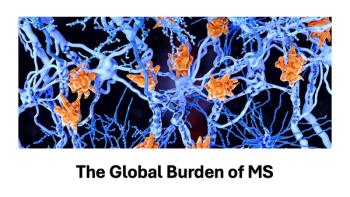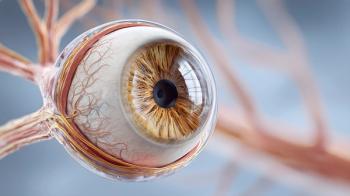
NDA Resubmitted for Investigational Dry Eye Therapy, Reproxalap
Aldeyra has resubmitted its new drug application for reproxalap, an investigational dry eye treatment, which contained new data from an additional FDA-requested trial.
Aldeyra has resubmitted a new drug application (NDA) to the FDA for reproxalap, an investigational topical ocular therapy for the treatment of dry eye disease and allergic conjunctivitis, according to an Aldeyra news
“Consistent with a number of clinical trials that suggest the potential of reproxalap to rapidly improve the symptoms of dry eye disease, we believe the clinical trial results included in the resubmission announced today are robust,” Todd C. Brady, M.D., Ph.D., president and CEO of Aldeyra, said in the news release. “Based on the lack of notable baseline differences across treatment arms and the highly statistically significant achievement of the prespecified primary endpoint in favor of reproxalap over vehicle, in conjunction with recent FDA discussions, we believe that previous concerns raised by the FDA have been addressed.”
In April 2025, Aldeyra received a complete response letter from the FDA that highlighted the need for additional information from a previously completed trial. The letter cited a baseline difference across treatment arms, which could have changed the interpretation of the clinical results. An additional symptom trial was requested for resubmission.
In May 2025, Aldeyra announced the results of that new trial, which had a primary endpoint of P=0.002. No safety concerns or notable differences in baseline scores across treatment arms were observed in the phase 3 randomized, double-masked, vehicle-controlled dry eye chamber trial. The most common adverse event was mild instillation site discomfort, which typically lasted less than one minute. This is consistent with previous clinical trials of reproxalap.
Reproxalap is a first-in-class small-molecule modulator of reactive aldehyde species (RASP), which are present in various inflammatory conditions, the news release says.
“Activating or inhibiting specific proteins on a sustained basis, which rarely occurs in nature, may lead to toxicity and could limit activity,” according to a slide about reproxalap presented at the May 2025 Aldeyra investor call. “Systems-based pharmacology could potentially lead to broader-based activity with less toxicity associated with activation or inhibition of specific proteins.”
Dry eye and allergic conjunctivitis are
Dry eye is common, affecting approximately
Allergic conjunctivitis, also referred to as “eye allergies,” is also common,
Newsletter
Get the latest industry news, event updates, and more from Managed healthcare Executive.






















































